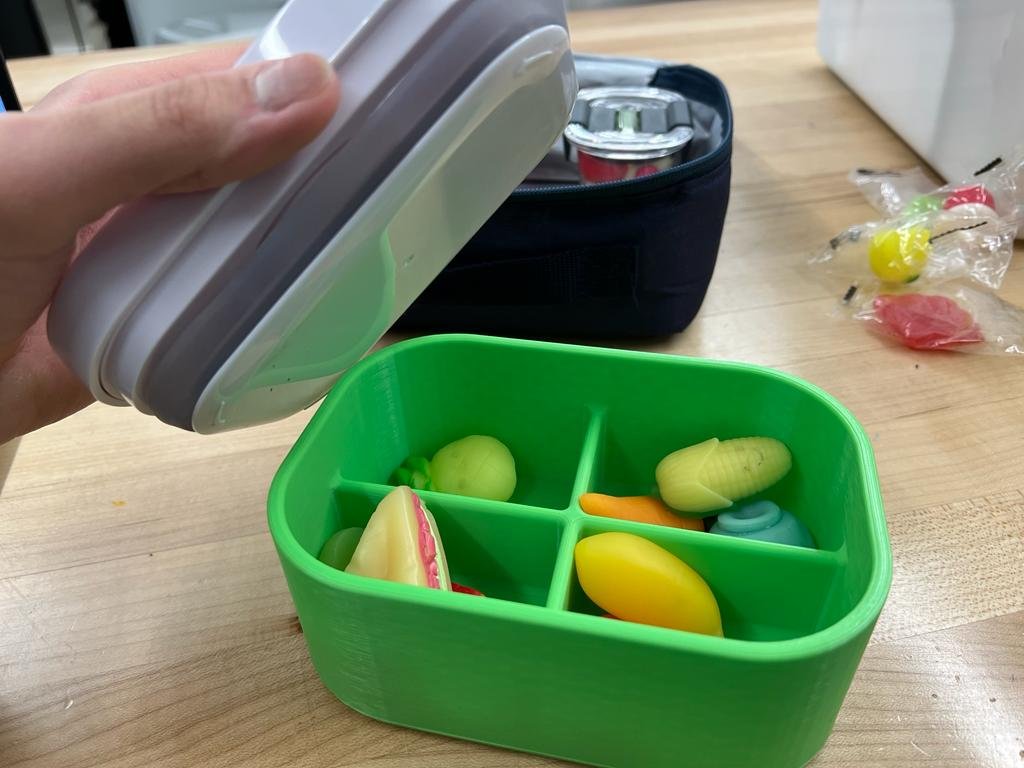Testing the Lunch-Time Fun-Time
It all begins with an idea.
Now that we had created the Lunch-Time Fun-Time, it became our job to test the product for wide spread consumer use and I am happy to report that we have determined that Lunch-Time Fun-Time meets all performance standards set through our own metrics as guided by ASTM standards, and client feedback.
At our latest trip to REACH we received great amounts of positive feedback from the therapists and the children. Most children played with our toy in a way that was intended, and allowed them to work with the therapist to to receive the educational benefit of the toy.
We frequently found that the toy was used as a way for the children to practice speech, as each of the squishy foods required a different set of phonics to say. This was an aspect of our toy that we did not anticipate, allowing us to introspect even further to the customizability of Lunch-Time Fun-Time—an aspect that the therapists love as well.
We conducted our performance testing based on the metrics that we created for Lunch-Time Fun-Time. We found that changes needed to be made for the easy to clean metric, as our design for the pop container made it unable to be washed with warm soapy water. Through further testing we determined that although we may add protective filets to best ensure the integrity of the box, it was still best that only sanitizing wipes be used to clean it. Through this testing process we learned that it is not feasible to score a perfect score on every metric, as by making the box waterproof, the price of manufacturing would greatly increase, overall lowering the toy’s ability to meet the low cost metric.
Our toy was required to pass several ASTM tests to ensure it was safe when given to children. For the drop test, our glass pop container broke, prompting us to do a redesign in CAD so that we could maintain the same pop fastener whilst improving upon durability. Both the redesigned pop container and the rest of the components passed both the torque, tension, and sharp edge tests, indicating that our toy meets these key ASTM standards.
During our final rounds of testing, we observed that many of the children chose more colorful toys over the lunchbox, revealing to us a possible point of improvement. After consulting with the REACH therapist we believe that the addition of squishy colorful velcro labels on the outside of the box would allow for the child to be more interested in—and therefore engaged with—the toy.
During our observations we also found that each therapist worked with the child on different different skills (e.g. speech, reading, writing, and colors). The addition of a “grocery list” would best aid the therapists in their work. The customizable grocery list would allow for each therapist to give the child specific instructions that would best focus on the appropriate skill. This would also allow for the toy to maintain its educational value, even without therapist supervision.

